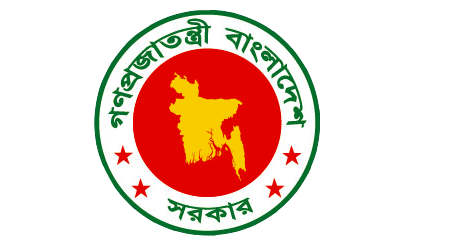Introduction:
The Cooperative movement begun in Bangladesh, formally in 1904 through the cooperative law. In the 60s, the Bangladesh Academy for Rural Development (BARD) developed a two-tier cooperative system where agriculture was given priority so that there could be a ‘grow more food’ policy, as it was required of the then current Government. The societies developed a Farm based Cooperative Society. But, a significant number of villagers remained outside the facility of the organization. To overcome this situation, destitute men and women and destitute cooperative societies developed under the initiative of private organizations. As a result, there were many parties/factions, consequently partisanship developed together a dependant mentality instead of financial self-sufficiency was noticed. The main drawback of the Comilla Model was the failure to implement priority programmes like the – creation of a personal and collective fund, creation of an organized rural society, employment generation for the landless, development of an effective method for outreach of government services. The failure was considered to be the “Missing Link” of the Comilla Model. To fill up the missing link, BARD started work through “Total Village Development Programme (TVDP) with a view to examining the idea of “One village one organization” since 1975 and carried out the project on a limited scale through phases from it’s own resources till 1988. After that, this was adopted in the third five year plan under the name “Comprehensive Village Development Programme. The main objectives of the project are to: (i) promote overall development of all segments of population in a village on the basis of self-effort and self-help by bringing them under a single cooperative organization; and (ii) evolve a replicable rural development model. Strategise to achieve the objectives that are: 1. Organizing the villagers into a broad-based village cooperative with a number of functional groups (landless and small, medium and large farmers, women, youth and other occupational group and involve them in credit and marketing programmes. 2. Development of leadership through appropriate training and enhance the scope of formation of own capital for productive investment and creation of collective assets. 3. Expansion and intensification of farm and non-farm activities aiming at bringing desirable change in production of crop, animal and other items. Major Components of the project are – – Training and Motivation, – Open Membership, – Trained Village Development Workers, – Capital Accumulation and Investment, – Economic and self-employment activities, – Social Development, – Village Development Plan, – Monthly Joint and Coordination Meeting.
- Home
- NSSS
- M&E/MIS
- M&E Dashboard
- Governance
- Cabinet Committee
- Central Management Committee (CMC) on Social Protection
- Project Steering Committee (PSC)
- Project Implementation Committee (PIC)
- Action Plan Implementation Sub-Committee
- Focal Point
- Thematic Cluster
- Sub-National Committees
- GO-NGO
- Local Consultative Group (LCG) on Governance and Social Protection
- System Strengthening
- Resources
- About
- Home
- NSSS
- M&E/MIS
- M&E Dashboard
- Governance
- Cabinet Committee
- Central Management Committee (CMC) on Social Protection
- Project Steering Committee (PSC)
- Project Implementation Committee (PIC)
- Action Plan Implementation Sub-Committee
- Focal Point
- Thematic Cluster
- Sub-National Committees
- GO-NGO
- Local Consultative Group (LCG) on Governance and Social Protection
- System Strengthening
- Resources
- About



